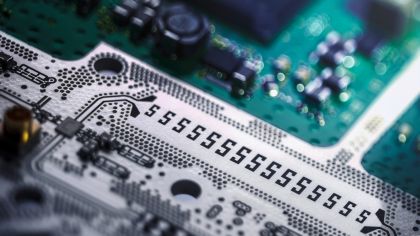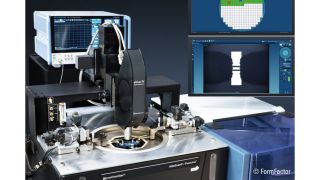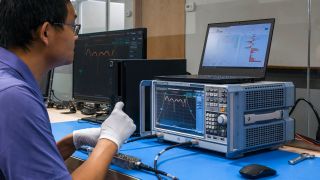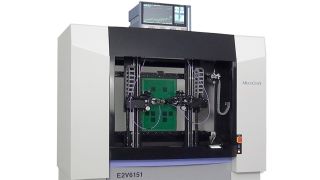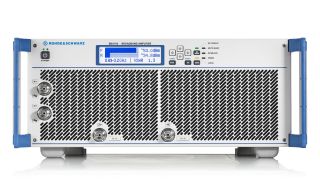From S-parameter measurements to time domain reflectrometry
Passive components include a large variety of building blocks for RF and digital designs. These range from RF filters and combiners, switches, couplers to cables, connectors and PCB boards.
The network analyzers from Rohde & Schwarz offer the right range, from S-parameter measurements to time domain reflectometry, when looking for anomalies on the signal path. The multiport solutions allow fast and cost-efficient, multi-site production testing.




